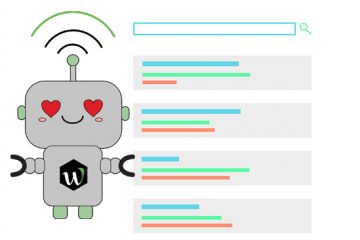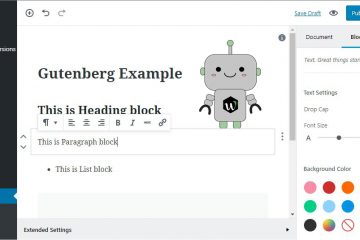Everything you decide to put on the page needs to flow. SEO is a lot more than just keywords. You have to make your page user-friendly, especially if you have an e-commerce site.
If you have someone land on your page and they can’t find the price of your item or the description, people will leave your site immediately. Even worse, what if they can’t find you when they search?
That’s why it’s important to get it right the first time you build your e-commerce page. You need to make your site flow from one product to the next and then lead them back to the homepage. A sense of completeness will wash over them as they navigate through a fully comprehensive online store.
How to Create an Optimized Ecommerce Page
- First and foremost, you need to create a beautiful navigation based on well-known shopping behaviors. By prioritizing list-entry attributes, you can create an informational hierarchy. In other words, by making a system where customers can select what they want and disregard the rest, they can quickly find what they need and have a better user experience.
- The shopping experience is what most people are going to remember when coming to your site. Do people get mad when they can’t find the prices to your products right away; do your links take them to products that were not featured in the ad that got them there? All of these things build tension when developing a relationship with a new customer. You need to give them a shopping experience that’s simple and straight to the point. A minimalist approach that places the product first seems to be the most successful approach to displaying your home and landing pages. Remember to put yourself in a customer’s shoes. You need to make sure your e-commerce page is showing all the important information. Online shoppers are extremely visual and making sure you have consistent styling and accurate information will push the instant shopper to make their choice much faster.
- Concise and detailed, your product descriptions should be descriptive but the layout should be short and easy to read. The ideal format would be bullet points, remind you of anyone, Amazon perhaps?
- When it comes to the actual content, make sure you’re engaging. As I said above, when you’re being descriptive don’t bore them to death. Keep your audience interacting with your writing.
- Your site also needs active social media posts linking back to your main website. Not only will this generate traffic but you can use Facebook’s tools to gather useful data about your target audience, then apply that information to your e-commerce page as well. The main idea here is to legitimize your e-commerce site. People want to but from a website, they can trust. Having a strong social media presence and conversing with your customers is a great way to build your trust.
- One of the most important things to look at is your site’s mobile performance. IBM collected shopping data during the holidays and found that roughly 40% of traffic and 15.9% of sales were done through a smartphone. While desktop shopping had the highest conversion rate, you can’t ignore the sheer amount of traffic generated through mobile either. When you audit the mobile version of your site, make sure it’s fast, images and text are responsive, it looks just as good as the desktop version (not the same but aesthetically pleasing), and the navigation is simple and easy to use.
Creating an optimized e-commerce page can be long and difficult but well worth the effort. Making your navigation smooth and simple will help your audience find the products they want. There are a few other things you need to research like abandoned cart issues, design, and UX but when you’re first building your e-commerce site, it’s best to begin your journey with the above items then work your way to the more advanced issues as you go.


